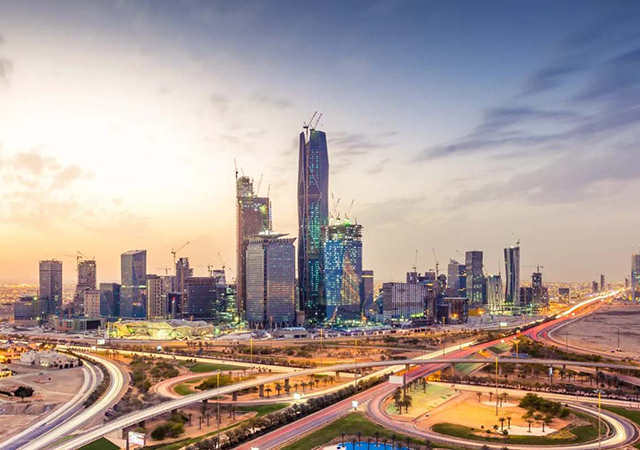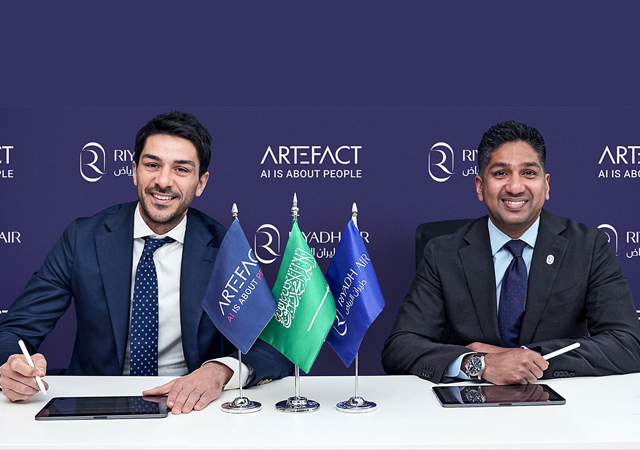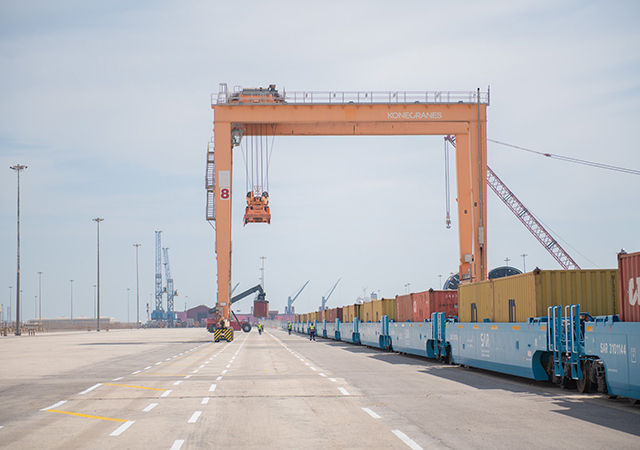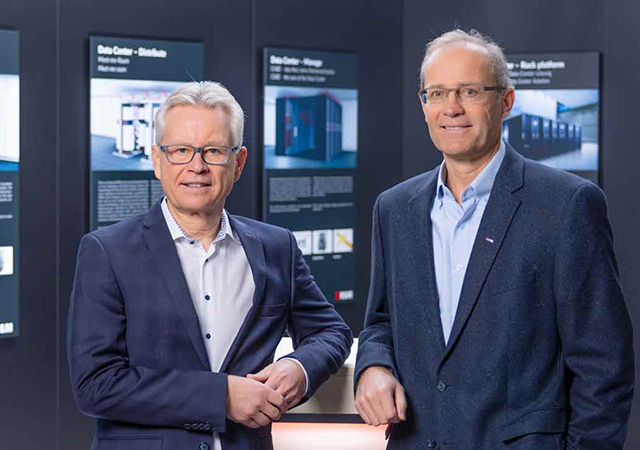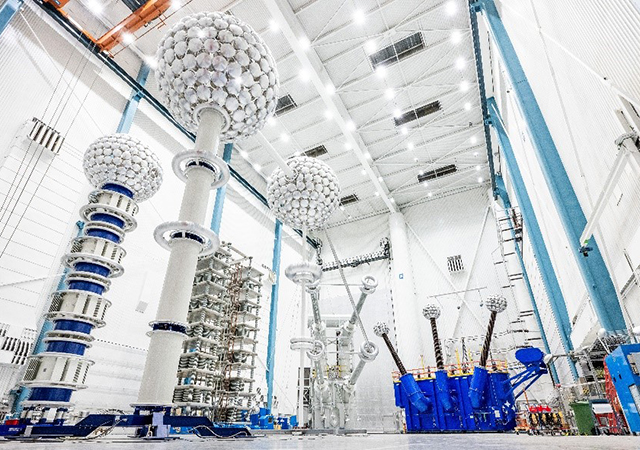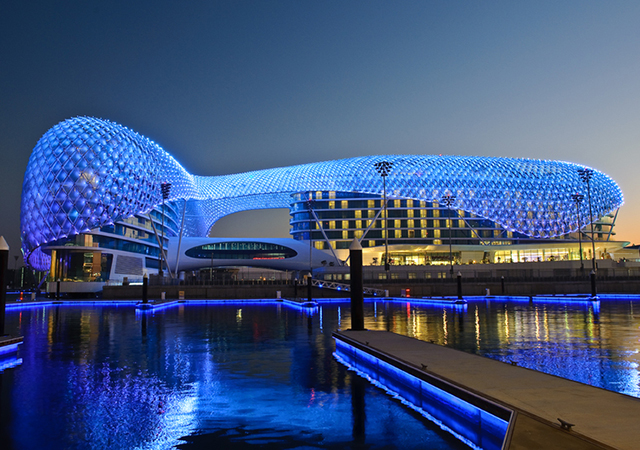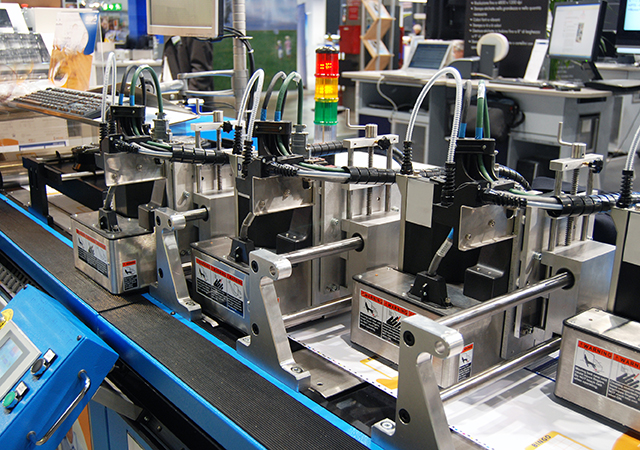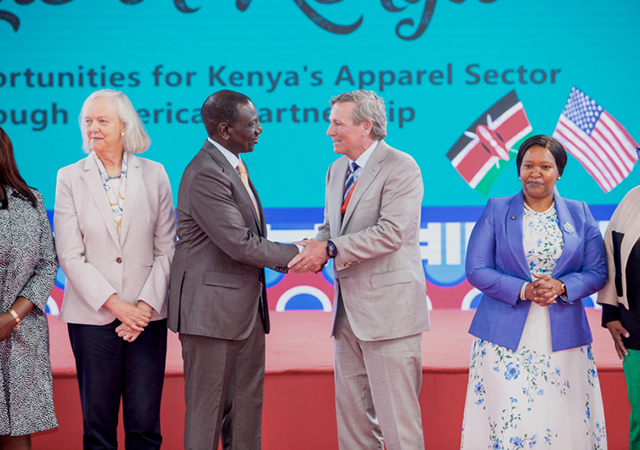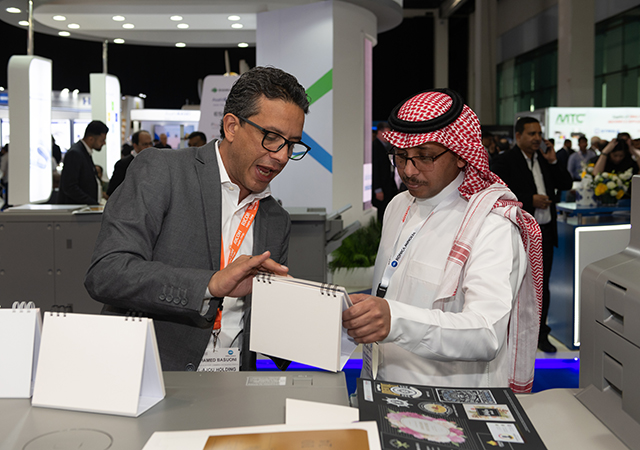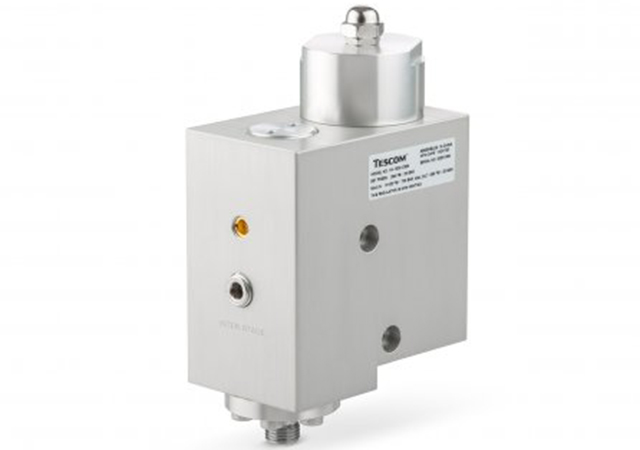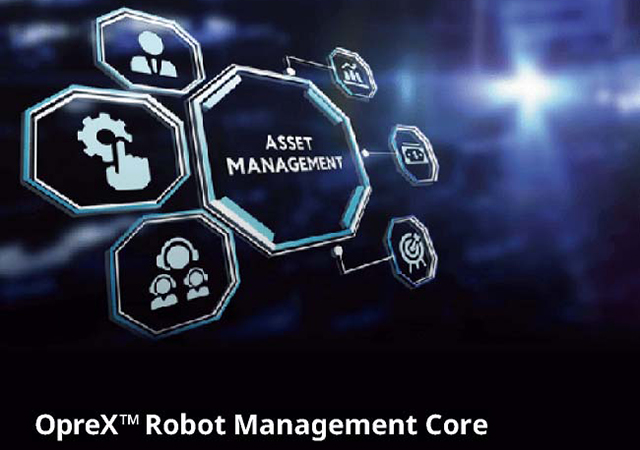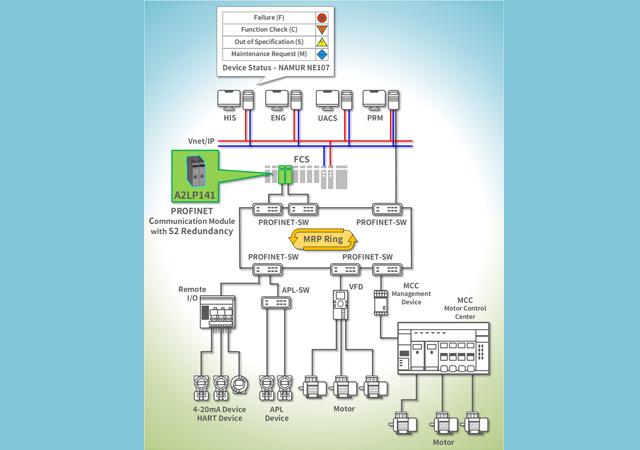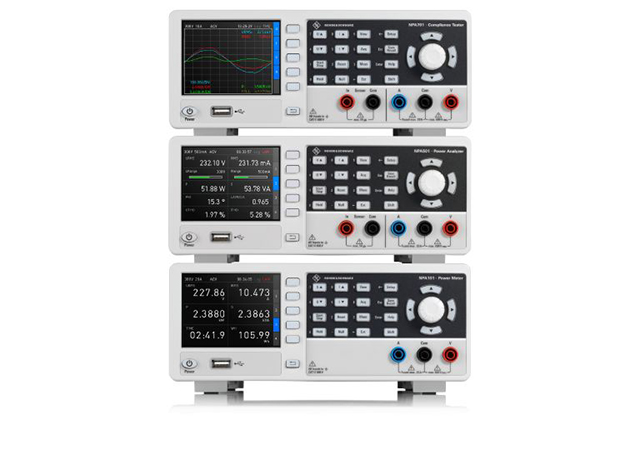
 Dahmash: 3D printing will be a booming sector
Dahmash: 3D printing will be a booming sector
Be it the interior design of an aircraft or a 3D printed bionic partition, or a super-light airplane seat frame, engineering software leader Autodesk’s path-breaking solutions for aviation industry have not only caught attention and won accolades but also led to design and manufacturing collaborations.
While Airbus produced the 3D partition wall using additive manufacturing technologies, Bombardier Aerospace, made use of Autodesk 3ds Max Design software to design and customise its private and business aircraft. Its recently developed super-light seat frame, by Autodesk research scientist Andreas Bastian, is winning awards for now: it received the “Casting of the Year” award from the American Foundry Society in 2017.
The US multinational software corporation sees the Middle East region as an important region for Autodesk in terms of innovations both in existing industries and in emerging such as 3D printing and aviation.
“Even though regional aviation industry is still developing we see a big potential and Autodesk is here to help. We already see that separate parts of a future aviation industry such as 3D printing are growing rapidly thanks to various government initiatives,” Louay Dahmash, territory director Middle East and Turkey at Autodesk said in an exclusive interview with Gulf Industry.
Excerpts from the interview:
What solutions does Autodesk offer for the aviation industry?
Today we are witnessing a biggest change in the way we make things since the industrial revolution. Means of production are changing where 3D printing is disrupting multiple industries, and consumer demands are different. Today consumers do care about how and where the things were made, they care about environmental impact of cars they drive and airplanes they take. To meet this demands companies are taking fundamental steps and we are developing a robust portfolio of tools to help succeed in this new era. In aviation industry for example solutions such as generative design, Netfabb, Autodesk 3DS Max, Autodesk Inventor and Autodesk Nastran play a key role in building the future of air travel.
Take the example of Airbus’s project on generative design. Using this method, a form finding process that can mimic nature›s evolutionary approach to design, a group of imaginative engineers with a vision of air travel as not just dynamic but also eco-friendly, created a 3D printed bionic partition that became the first step into the airline of the future. Using this design methodology, Airbus then produced the 3D partition wall using additive manufacturing technologies.
With many stakeholders involved in a project of this scale, Autodesk software provides a platform for the design and manufacturing community to communicate with stakeholders for their buy in. This wasn’t possible in the past as time became a large constraint. Generative design provides an endless amount of design possibilities which has a big impact on critical decisions that in turn will have a big impact on costs. Moving forward we will see that solutions like generative design will prove to be a significant benefit in terms of reducing schedule, as well as reducing cost.
What are the advantages of the solutions in terms of efficiency and cost savings?
It’s important to understand that Autodesk solutions allow customers to capture, explore, and maintain consistent and coordinated planning for any of their design needs. With the solutions, you can model not only the design of a certain project, but the end-to-end design process itself. So whether you’re managing a project or creating the structure yourself, you can analyse the designability, coordinate the process, address clashes, and schedule every step before the project begins. It’s a proven approach that helps with any new project you are faced with.
With that, it allows you to visualise certain elements of your project that in the past you wouldn’t have been able to. Take the example of the bionic partition discussed above. It may be a relatively small part of the plane, but installing this lighter component could help airlines begin to make a positive difference for the environment. For each 1 kilogram reduction in weight, jet fuel use is cut by 106 kg a year, helping to decrease the carbon footprint of air travel. Each partition is approximately 45 per cent (30 kg) lighter than the standard partition. When applied to the entire cabin and to the current backlog of A320 planes, it is estimated that the new design approach can save up to 465,000 metric tonnes of C02 emissions per year, the equivalent of taking about 96,000 passenger cars off the road for one year.
Are those solutions specific to certain types of aircraft?
The solutions that Autodesk provide can be used across a variety of aircrafts depending on the purpose. For instance, example of Airbus shows how software can help to reach the certain goals be it to reduce weight, increase speed, or improve fuel economy, generative design uses algorithms to achieve these goals.
Another example, Bombardier Aerospace, made use of Autodesk 3ds Max Design software to design and customise its private and business aircraft. The software allowed for visualisation of the interior of the aircraft which enabled designers to create multiple solutions based on the client’s needs and taste before even building the aircraft.
The most recent example is Autodesk research scientist Andreas Bastian who designed an airplane seat that combines generative design with 3D printing production methods, the seat frame in turn relates to massive savings for airlines through a massive reduction in weight.
Be it interior design of an aircraft or using generative design to develop a part, Autodesk software can be used on a variety of different aircrafts.
How was Autodesk’s light-weight airplane seat created? Any more such solutions to showcase in this space?
The lightweight airplane seat frame utilised lattice and surface optimisation, meaning an algorithm in Autodesk’s Netfabb software produced the geometry to meet specified design goals. In this case, the aim was to make the seat frame just as strong as the original design, but much lighter. The resulting design is a complex structure, unlike anything a human would come up with on their own. The benefit of this design process is that the seat frame’s lighter weight reduces the need for jet fuel–literally to the tune of millions of dollars–and lowers carbon emissions.
As mentioned earlier, Airbus used generative design to create a 3D-printed “bionic partition”, using custom algorithms that generated a design that mimics cellular structure and bone growth, and then produced using additive manufacturing techniques. This pioneering design and manufacture process renders the structure stronger and more light-weight than would be possible using traditional
processes.
How successful has Autodesk been in the Gulf with regards to its offerings?
Middle East is an important region for Autodesk in terms of innovations both in existing industries and in emerging such as 3D printing and aviation. Even though regional aviation industry is still developing we see a big potential and Autodesk is here to help. We already see that separate parts of a future aviation industry such as 3D printing are growing rapidly thanks to various government initiatives. There is little doubt that 3D printing will be a booming sector. According to a recent report by International Data Corporation (IDC), spending on 3D printing in Middle East and Africa (MEA) is set to increase from $470 million in 2015 to reach $1.3 billion by 2019.
With that in mind, Autodesk recently signed a MoU with Dubai Future Foundation to catalyse a revolution in the 3D printing sector in Dubai and the UAE through the Spark Investment Fund.
What are the company’s future plans over the next two years in this field?
Autodesk’s plans in this field are to help make more efficient, eco-friendly means of transportation for the masses. Our main focus is on engaging with stakeholders to enable them to design and bring their imaginations to life. What starts with a 3D printed seat today could lead to a 3D printed aircraft tomorrow. By working with companies like Airbus and hopefully local companies in the future we would like to show what’s possible when you push the limits on software, hardware and materials. This is what’s possible when you embrace the future of making things.

